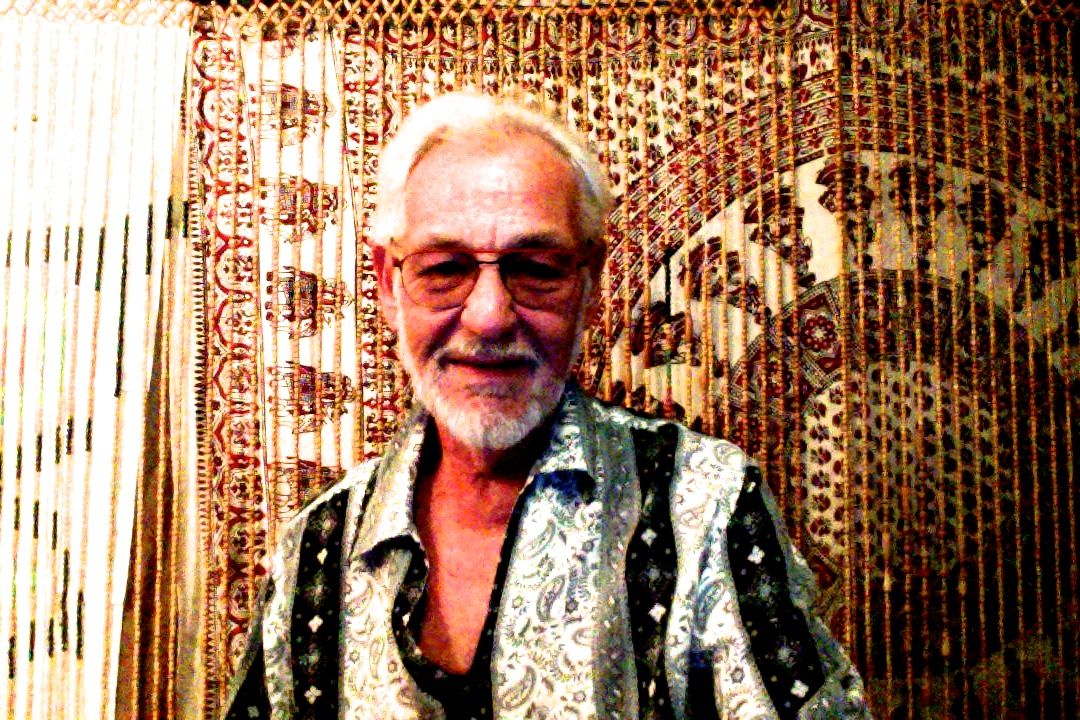A young man from the human world discovers his destiny among clowns, love triangles, and long-forgotten family secrets, in this surreal adventure by Dale Wayne Colgrove.
In a world bursting with stories that blur the lines between fantasy and reality, few narratives captivate quite like the tale of Jeremy Bigham. What begins as a simple evening at a bowling alley quickly spirals into a surreal journey across dimensions, where clowns reign, identities clash, and family secrets surface from the shadows of time.
Jeremy’s story is crafted by Dale Wayne Colgrove, an author acclaimed for his ability to weave humor, fantasy, and raw human emotion into uniquely bizarre and enchanting tales. Colgrove refuses to confine himself to conventional storytelling; instead, he invites readers into an offbeat world that mirrors the chaos and joy of life itself, where laughter masks grief and love transcends dimensions.
The adventure launches with an accidental discovery—a card announcing the wedding of Puddin Pie to Doogle Dandy. The names alone spark curiosity, but the shock hits hardest when Jeremy realizes that Puddin believes Doogle is actually him. The twin-like resemblance between Jeremy and Doogle triggers confusion, curiosity, and urgency. Colgrove’s vivid depiction of Clown World is anything but ordinary. The rules are upside down: wedding receptions happen before the ceremony, guests are so intoxicated they barely recognize their surroundings, confetti litters the floor, balloons hover near the ceiling, and a bar occupies the altar. This chaotic revelry paints a dazzling yet unsettling picture, a metaphor for the unpredictable nature of life’s transitions.
Amid flying champagne bottles and raucous singing to the tune of “Be a Clown,” Jeremy’s mission becomes clear: find Puddin, the girl he once knew, and clear the fog of misunderstanding enveloping them both. His confrontation with Puddin—who initially mistakes him for Doogle—is a tender mix of nostalgia and heartbreak. She remembers him as a childhood friend from “another dimension,” and those shared memories breathe warmth into the surreal atmosphere.
At the emotional core of Colgrove’s story lies the complicated relationship between Jeremy and Puddin. This is a love story not constrained by geography or reality but stretched across worlds. Jeremy’s heartfelt plea for Puddin to return with him to the human world confronts the impossible truth of their separation by dimensions. Yet despite the confusion and skepticism, Puddin’s lingering affection reveals a timeless theme: love’s persistence, even when confronted by insurmountable barriers. Colgrove excels at using this fantastical setup to explore very human emotions—love, loss, longing, and identity. Jeremy’s sobbing confession about their fractured connection, and Puddin’s empathy as she wipes the redness from his nose, offer moments of quiet vulnerability amid the absurdity. Even the drunken antics of Doogle, who struggles to understand Jeremy’s missing nose, add humor and pathos to this tangled love triangle.
Returning with Puddin to the remains of an old circus, Jeremy uncovers family secrets that deepen the story’s emotional resonance. Julius, Jeremy’s father, reveals that Jeremy was born in Clown World—making him half-clown by blood and heritage. This revelation reframes Jeremy’s entire identity and roots his journey not just in romance or adventure, but in belonging. Julius’s tale of scouting talent and the downfall of their circus serves as a poignant reminder of lost dreams and faded glory. The burned-down tent symbolizes both an end and a beginning—an acknowledgment that the past cannot be reclaimed, but a new future is possible. The appearance of Dynamo, or Ben Harley, a friend who moves freely between worlds, introduces the idea of guardianship and unseen support during life’s transitions.
Colgrove’s conclusion is a celebration of resilience and joy. Jeremy and Puddin’s marriage and the children they raise—bearing the colorful marks of Clown World—signify renewal and hope. The story’s final scene, with a banana cream pie flying into the reader’s face, breaks the fourth wall and reminds us that life’s absurdities are part of its charm. The closing poem, “Laugh, Clown, Laugh,” composed in 1928 by Ted Fiorito with lyrics by Lewis and Young, encapsulates the story’s spirit perfectly: “Even though something inside is grieving, Laugh, clown, laugh!”
It is a call to embrace laughter as a shield and a balm, a way to carry on even when the heart is heavy. Colgrove’s narrative, infused with humor and pathos, stands as a modern echo of this timeless sentiment.
Dale Wayne Colgrove’s Clown World is not just a fantasy romp but a layered exploration of identity, family, and love across dimensions. Colgrove’s background in blending the bizarre with the heartfelt shines through in the seamless mix of slapstick humor, mystical elements, and deep emotional truths. Known for creating worlds where the extraordinary is normal and the normal is extraordinary, Colgrove invites readers to look beyond the surface of their own lives—to find the clown’s smile behind every sorrow and the tender story beneath every mask. His writing encourages readers to confront their grief with laughter, to find connection even in alien worlds, and to remember that love often transcends even the strangest of boundaries.
In the end, Jeremy Bigham’s journey is an invitation to all of us—to laugh, to love, to embrace the unexpected, and to dance wildly to the tune of life’s great circus. Because, as Colgrove reminds us through Jeremy’s tale, the world might be strange and confusing, but it’s never without its moments of joy and hope.

